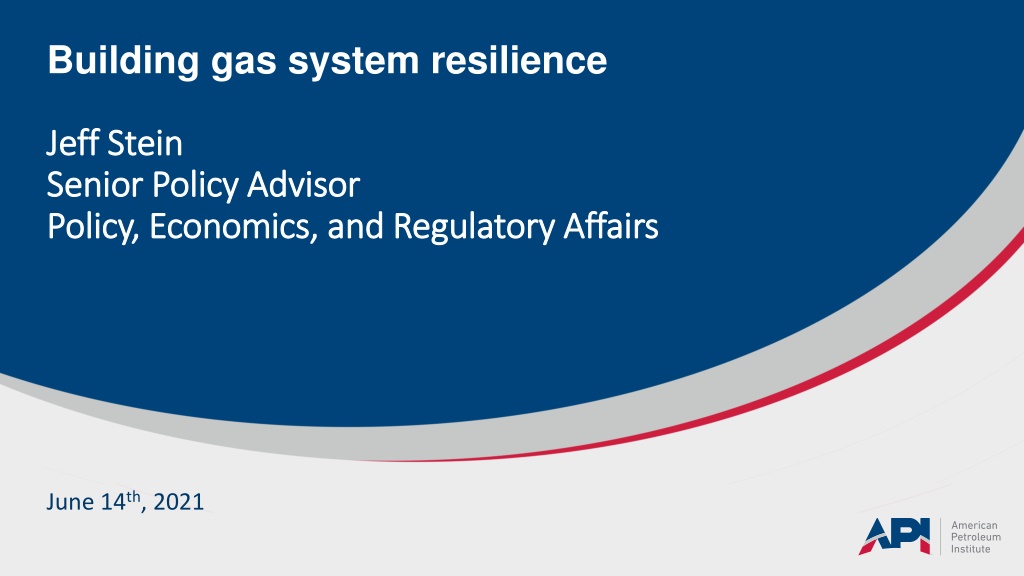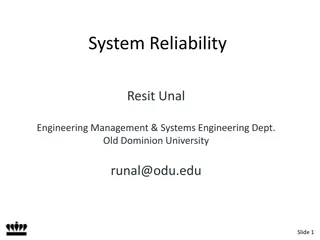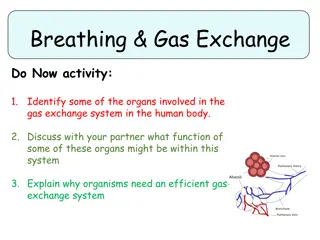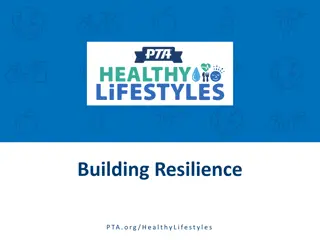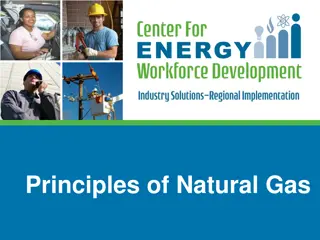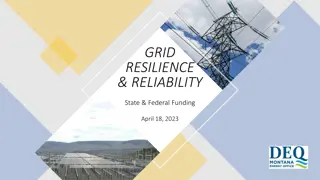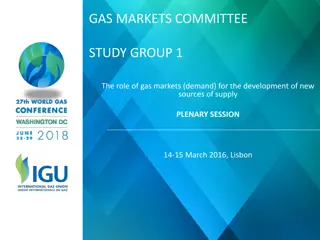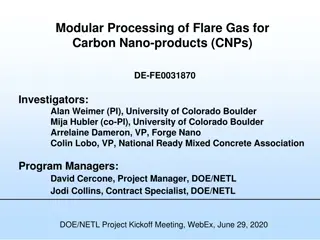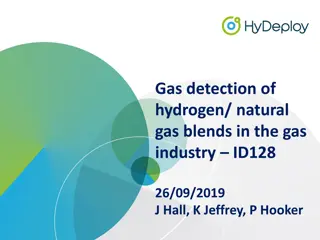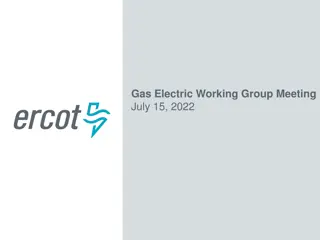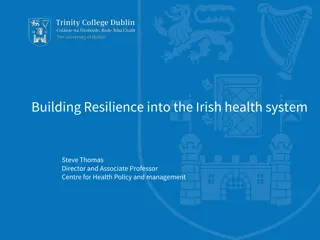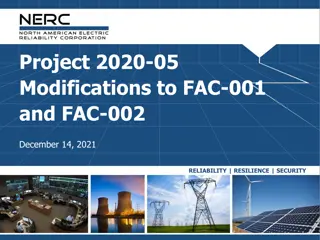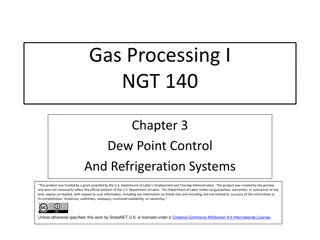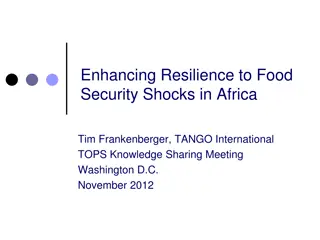Enhancing Gas System Resilience and Reliability
Building gas system resilience is crucial for ensuring energy security and stability. Challenges such as fuel delivery issues and extreme weather conditions highlight the need for proactive measures. Steps like upgrading power infrastructure and transitioning to lower-emission fuels are essential for enhancing system reliability and resilience against future disruptions.
Download Presentation

Please find below an Image/Link to download the presentation.
The content on the website is provided AS IS for your information and personal use only. It may not be sold, licensed, or shared on other websites without obtaining consent from the author.If you encounter any issues during the download, it is possible that the publisher has removed the file from their server.
You are allowed to download the files provided on this website for personal or commercial use, subject to the condition that they are used lawfully. All files are the property of their respective owners.
The content on the website is provided AS IS for your information and personal use only. It may not be sold, licensed, or shared on other websites without obtaining consent from the author.
E N D
Presentation Transcript
Building gas system resilience Jeff Stein Jeff Stein Senior Policy Advisor Senior Policy Advisor Policy, Economics, and Regulatory Affairs Policy, Economics, and Regulatory Affairs June 14th, 2021
Total Demand COLDEST Current production capacity is 0.6 million metric tons/year Normal conditions, with gas tracking wind . COLDER ~20 GW Production capacity is expected to grow significantly in the next decade COLD Generation Platts estimates by 2028 production will reach 3.3 million mt/yr Narrowly Avoided Catastrophe Massive Outages Sun - Thurs
Fuel delivery issues Fuel delivery issues Estimated to have contributed to about 10% of outages Fuel delivery issues had several causes Main challenges in the upstream, per a survey commissioned by TXOGA, included loss of power (65%), wellhead and equipment freeze-offs (13%) and not being able to get production out due to issues with third-party facilities (8.7%). Midstream operators faced similar challenges 80% cited power outages as a main cause of outages.
Some next steps to address resilience Some next steps to address resilience Texas legislature SB3 requires upgrades for power generators and transmission lines to make them better withstand extreme weather. New legislation signed into law to ban wholesale electricity plans. Federal/national efforts FERC and NERC are conducting a joint inquiry on events in South and Central states. Other regions MISO report in June 2021 recommends Resource Adequacy evolution.
Reliabiltiy Reliabiltiy and Resilience with lower emissions fuels and Resilience with lower emissions fuels Continued replacement of coal with natural gas--including innovative lower emissions plants. Deployment of low-carbon hydrogen and other lower-emissions fuels will require overcoming physical and regulatory barriers related to infrastructure deployment. API and member companies support policies to advance the global low-carbon hydrogen economy.
